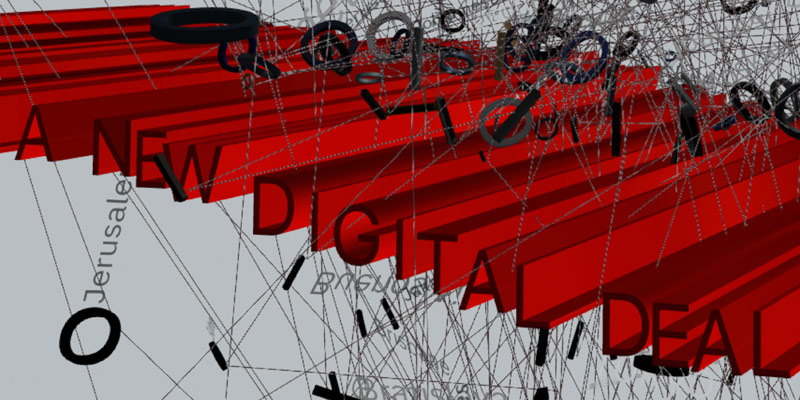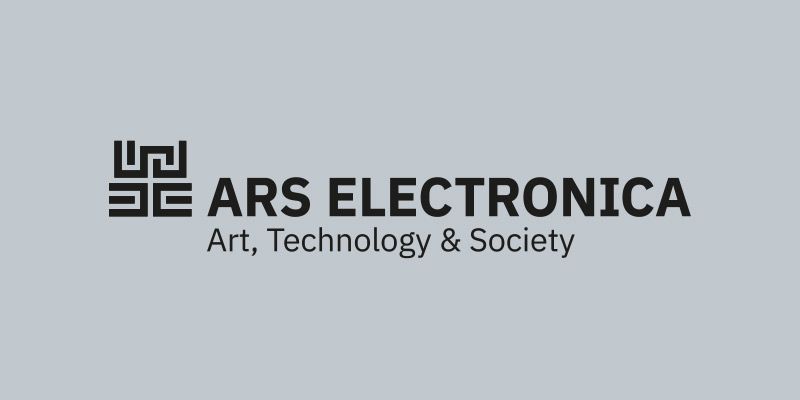STUDIOTOPIA

House Swallowed by a Tomb
Ciprian Mureșan (RO)
Confronted with their ephemerality, human beings continue to (sometimes abusively) build and create, driven by the sole ambition to leave something behind. Should we fill museums with objects and then build an industry to keep them intact?
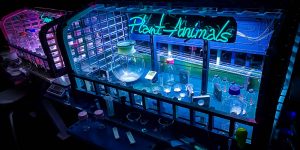
Plant~Animals ~ Symbiosity of Creation
Elvin Flamingo (PL)
The work of Elvin Flamingo invites us to the world of the unique plant-animals Symsagittifera roscoffensis. In nature, these organisms most often occur as migrating communities. For the project, the artist created two incubators capable of accommodating 67 separate habitats, 100 colonies of the superorganism described above.
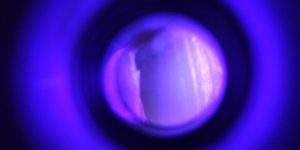
Zoom on matter. Ethnography of flattened embodiment
Karolina Żyniewicz (PL)
The pandemic years 2020/2021 could be called the era of flattened bodies. We got used to experiencing each other framed by the rectangular windows of various communication platforms. Where is the body? Is it still important?
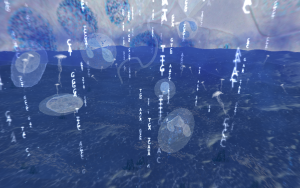
The Blue Humanities Archive
Justyna Górowska (PL)
DNA is capable of storing digital data better than silicon in our computers. It fits millions of terabytes in a few grams suspension in the water, minimizing the ecological cost of the global network of digital databases. The binary code only needs to be decoded into the synthesized DNA strands.

The illness of the consciousness is corruption - smell and think.
Oswaldo Macia (CO/UK) – artist, Emilia Leszkowicz (PL) – scientist, Chris Bean (IE) – scientist
The Colombian artist Oswaldo Maciá and scientists Chris Bean (Head of Geophysics at the Dublin Institute for Advanced Studies) and Emilia Leszkowicz (electrophysiologist based at University of Gdansk) are the residents of the STUDIOTOPIA Art&Science Residency hosted by LAZNIA Centre for Contemporary Art in Gdansk. The aim of their common project is to raise questions connected with the ways of reaching viewers’ consciousness by use of through the senses of smell and hearing to raise the question about our place in the world.
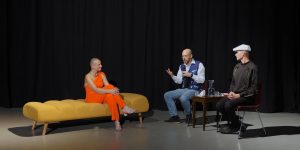
Merging experiences
Evelina Domnitch (BY, NL) and Dmitry Gelfand (NL)
Science is the source of inspiration for many of the artworks of Evelina Domnitch and Dmitry Gelfand. Scientists are also fascinated by art. A portrait of interactions merges the borders of disciplines from the perspective of the intriguing and the inquisitive.
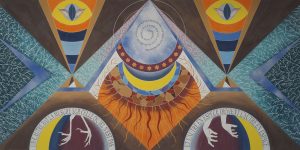
STUDIOTOPIA Journeys
Within the initiative STUDIOTOPIA, seven European cultural institutions have invited artists to host scientists in their studios, and it is the hope that these collaborations build upon this shared knowledge. The journeys featured in this year’s festival offer a glimpse of how these encounters can shape a new understanding the role and responsibilities of humanity on our shared planet.
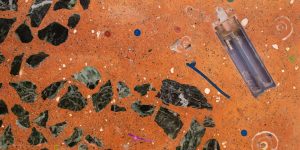
Marine Caves Benthic Terrazzo
Hypercomf (GR), Markos Digenis (GR)
Project Marine Cave Benthic Terrazzo documents the first holistic field study of marine cave ecosystems in Chania, Crete and the artistic exploration of ecosemiotic links and physical interactions between human homes and marine caves.

How to Read Poetry to Cancer Cells?
Sandra Lorenzi (FR)
Sandra Lorenzi's artistic work explores the worlds of the living. She is a custodian of these fragile forces and entities that sometimes lack the ability to speak. This film takes you to the heart of her approach. As part of the Studiotopia Art & Science Residency Programme, she collaborates with scientist Jean-Christophe Marine (VIB Centre for Cancer Biology, Belgium). Their project How to Read Poetry to Cancer Cells is at the intersection of art and science, of the real and the unreal.
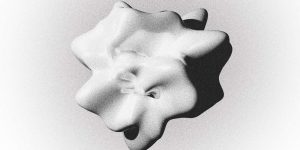
Changes and Challenges
LAZNIA Center for Contemporary Art (PL)
Divided into two sections, “Changes and Challenges” features works by Polish artists who analyse such contemporary issues as digitalised corporeality, human/non-human relations, and the ecological consequences of data storage. The second section focuses on changes in the liaisons between art and science in the last decade as well as ways of working through the traumatic past by means of art and technology.
